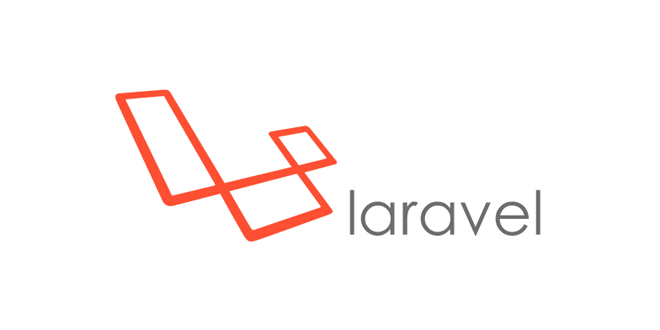Table of Contents
Basic Routing
Basic routing is meant to route your request to an appropriate controller. The routes of the
application can be defined in the app/Http/routes.php file. Here is the general route syntax for
each of the possible requests.
Route::get('/', function () {
return 'Hello World';
});
Route::post('foo/bar', function () {
return 'Hello World';
});
Route::put('foo/bar', function () {
//
});
Route::delete('foo/bar', function () {
//
});
Let us now understand how to see the Laravel homepage with the help of routing.
Example
app/Http/routes.php
< ?php
Route::get('/', function () {
return view('welcome');
});
resources/view/welcome.blade.php
< !DOCTYPE html>
< html>
< head>
< title>Laravel< /title>
< link href="https://fonts.googleapis.com/css?family=Lato:100" rel="stylesheet" type="text/css">
< style>
html, body {
height: 100%;
}
body {
margin: 0;
padding: 0;
width: 100%;
display: table;
font-weight: 100;
font-family: ‘Lato’;
}
.container {
text-align: center;
display: table-cell;
vertical-align: middle;
}
.content {
text-align: center;
display: inline-block;
}
.title {
font-size: 96px;
}
< /style>
< /head>
< body>
< div class="container">
< div class="content">
< div class="title">Laravel 5
< /div>
< /div>
< /body>
< /html>
The routing mechanism is depicted in the following image:
Let us now understand the steps in detail:
=>Step 1:
First, we need to execute the root URL of the application.
=>Step 2:
The executed URL will match with the appropriate method in the route.php
file. In our case, it will match to get the method and the root (‘/’) URL. This will execute
the related function.
=>Step 3:
The function calls the template file resources/views/welcome.blade.php.
The function later calls the view() function with argument ‘welcome’ without using
the blade.php. It will produce the following HTML output.
Routing Parameters
Often in the application, we intend to capture the parameters passed with the URL. To do this,
we need to modify the code in the routes.php file accordingly. There are two ways by which we
can capture the parameters passed with the URL.
=> Required Parameters
=> Optional Parameters
Required Parameters
These parameters must be present in the URL. For example, you may intend to capture the
ID from the URL to do something with that ID. Here is the sample coding for the routes.php file
for that purpose.
Route::get('ID/{id}',function($id){
echo 'ID: '.$id;
});
Whatever argument that we pass after the root URL (http://localhost:8000/ID/5), will
be stored in $id and we can use that parameter for further processing but here we are simply
displaying it. We can pass it onto the view or controller for further processing.
Optional Parameters
Some parameters may or may not be present in the URL and in such cases
we can use the optional parameters. The presence of these parameters is not necessary for
the URL. These parameters are indicated by the “?” sign after the name of the parameters. Here
is the sample coding for the routes.php file for that purpose.
Route::get('/user/{name?}',function($name = 'Virat'){
echo "Name: ".$name;
});
Example
routes.php
< ?php
// First Route method – Root URL will match this method
Route::get('/', function () {
return view('welcome');
});
// Second Route method – Root URL with ID will match this method
Route::get('ID/{id}',function($id){
echo 'ID: '.$id;
});
// Third Route method – Root URL with or without name will match this method
Route::get('/user/{name?}',function($name = 'Virat Gandhi'){
echo "Name: ".$name;
});
Step 1:
Here, we have defined 3 routes with getting methods for different purposes. If we execute
the below URL then it will execute the first method.
http://localhost:8000
Step 2:
After successful execution of the URL, you will receive the following output:
Step 3:
If we execute the below URL, it will execute the 2nd method and the
argument/parameter ID will be passed to the variable $id.
http://localhost:8000/ID/5
Step 4:
After successful execution of the URL, you will receive the following output:
ID:5
Step 5:
If we execute the below URL, it will execute the 3rd method and the optional
argument/parameter name will be passed to the variable $name. The last argument ‘Virat’
is optional. If you remove it, the default name will be used that we have passed in the function
as ‘James Parker’
http://localhost:8000/user/James
Step 6:
After successful execution of the URL, you will receive the following output:
Name:James
Note:
A regular expression can also be used to match the parameters.










